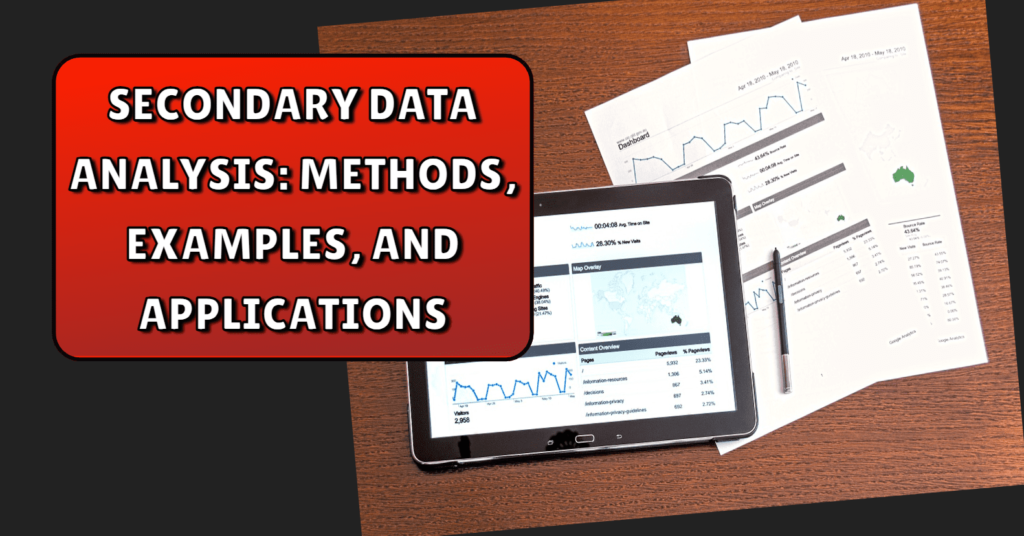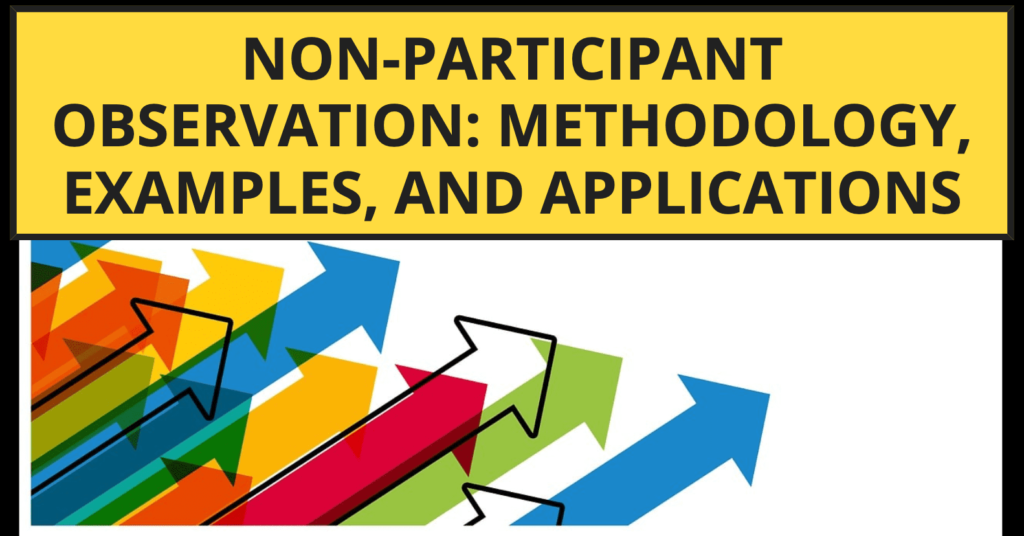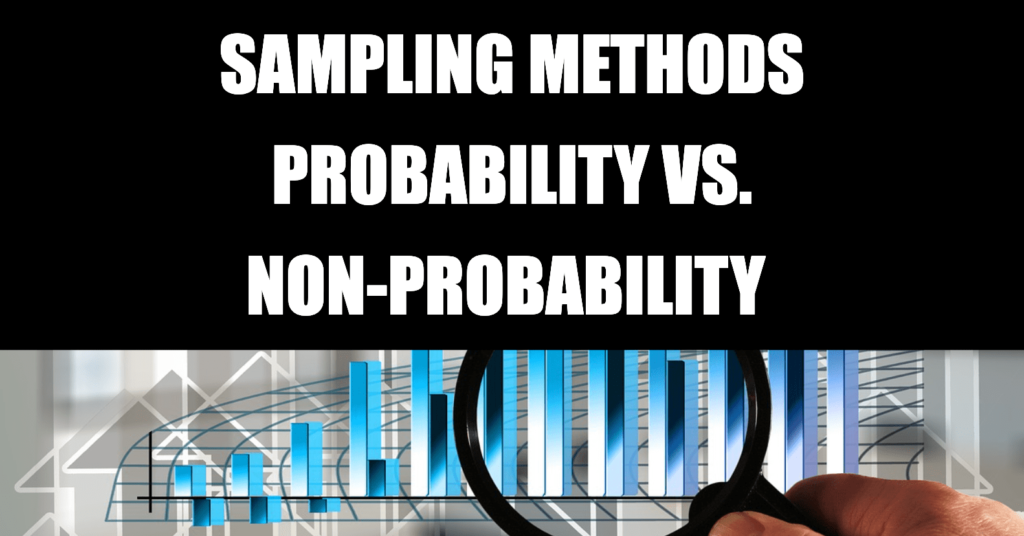PROJECT MART - College Project Service
For help with an academic project, text right now.
Secondary data analysis involves the utilization of existing data that has been collected for purposes other than the researcher’s current study. This method allows researchers to explore new research questions, test hypotheses, or gain insights from previously collected data without the need for new data collection.
Secondary Data Analysis Example
An example of secondary data analysis is a researcher using publicly available census data to investigate the relationship between socioeconomic status and health outcomes. Instead of collecting new data, the researcher accesses existing datasets to examine patterns and trends, providing valuable insights into the topic of interest.
Secondary Data Analysis Methods
Quantitative Analysis: Researchers analyze numerical data obtained from secondary sources using statistical techniques such as regression analysis, correlation analysis, or descriptive statistics to identify patterns, relationships, or associations.
Qualitative Analysis: Qualitative secondary data analysis involves examining textual or narrative data from sources such as interviews, focus groups, or archival documents to identify themes, patterns, or insights relevant to the research questions.
Secondary Data Analysis Techniques
Data Cleaning and Preparation: Researchers clean and preprocess secondary data to address inconsistencies, missing values, or errors, ensuring the data’s quality and reliability for analysis.
Data Integration: Integrating multiple datasets from different sources allows researchers to enrich their analysis and explore complex research questions that require a broader perspective.
Statistical Modeling: Researchers employ advanced statistical modeling techniques such as structural equation modeling, factor analysis, or latent class analysis to analyze secondary data and test theoretical frameworks or hypotheses.
Secondary Data Analysis in Exploratory Research
In exploratory research, secondary data analysis serves as a valuable starting point for generating hypotheses, identifying research gaps, or gaining preliminary insights into a topic of interest. By leveraging existing data, researchers can explore diverse research questions and refine their research objectives before conducting primary data collection.
Primary and Secondary Data Analysis
Primary data analysis involves the analysis of data collected directly from research participants through methods such as surveys, experiments, or observations. In contrast, secondary data analysis involves the analysis of data obtained from existing sources, such as archives, databases, or published studies. Both primary and secondary data analysis methods have their advantages and limitations, and researchers often use a combination of both approaches to triangulate findings and enhance the robustness of their research.
Research Methodology for Secondary Data Analysis
Define Research Objectives: Clearly articulate the research questions, objectives, and hypotheses that will guide the secondary data analysis process.
Identify Data Sources: Identify relevant secondary data sources, such as government databases, academic journals, or organizational records, that align with the research objectives and contain the necessary information for analysis.
Access and Retrieve Data: Obtain permission and access to the selected secondary data sources, ensuring compliance with data usage policies, copyright regulations, and ethical considerations.
Data Screening and Selection: Screen and select relevant datasets based on criteria such as relevance, reliability, and data quality, discarding irrelevant or low-quality data to ensure the integrity of the analysis.
Data Analysis: Apply appropriate data analysis methods and techniques to explore, interpret, and derive insights from the selected secondary data, addressing the research questions and objectives effectively.
Interpretation and Reporting: Interpret the findings of the secondary data analysis in the context of the research objectives, providing meaningful insights, conclusions, and implications for theory, policy, or practice. Communicate the results through academic publications, reports, or presentations to disseminate knowledge and contribute to the research field.
In conclusion, secondary data analysis offers researchers a valuable opportunity to leverage existing data resources to address research questions, test hypotheses, and generate new knowledge. By employing rigorous methods, techniques, and research methodologies, researchers can maximize the utility and impact of secondary data analysis in advancing scientific inquiry and addressing real-world challenges.







